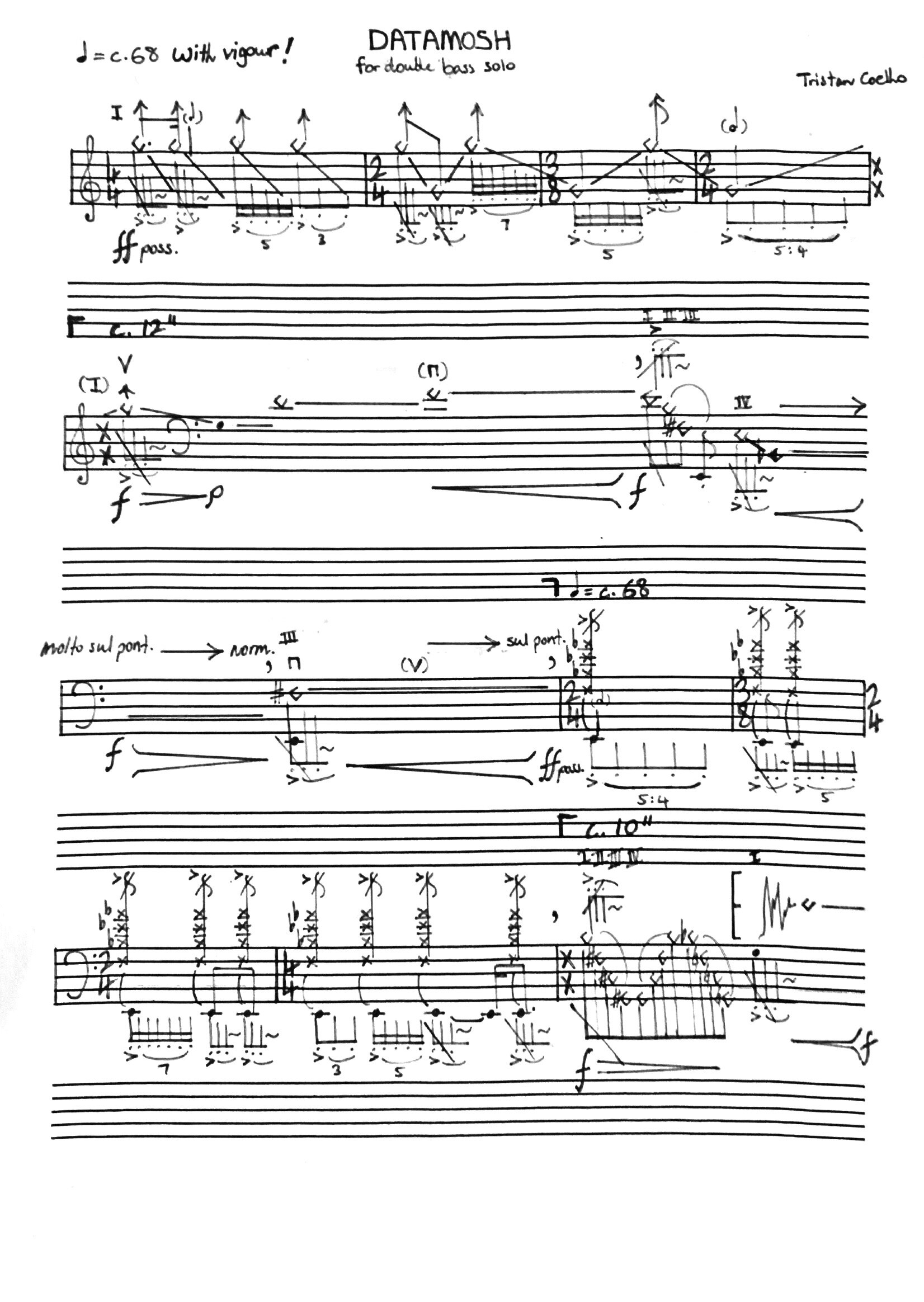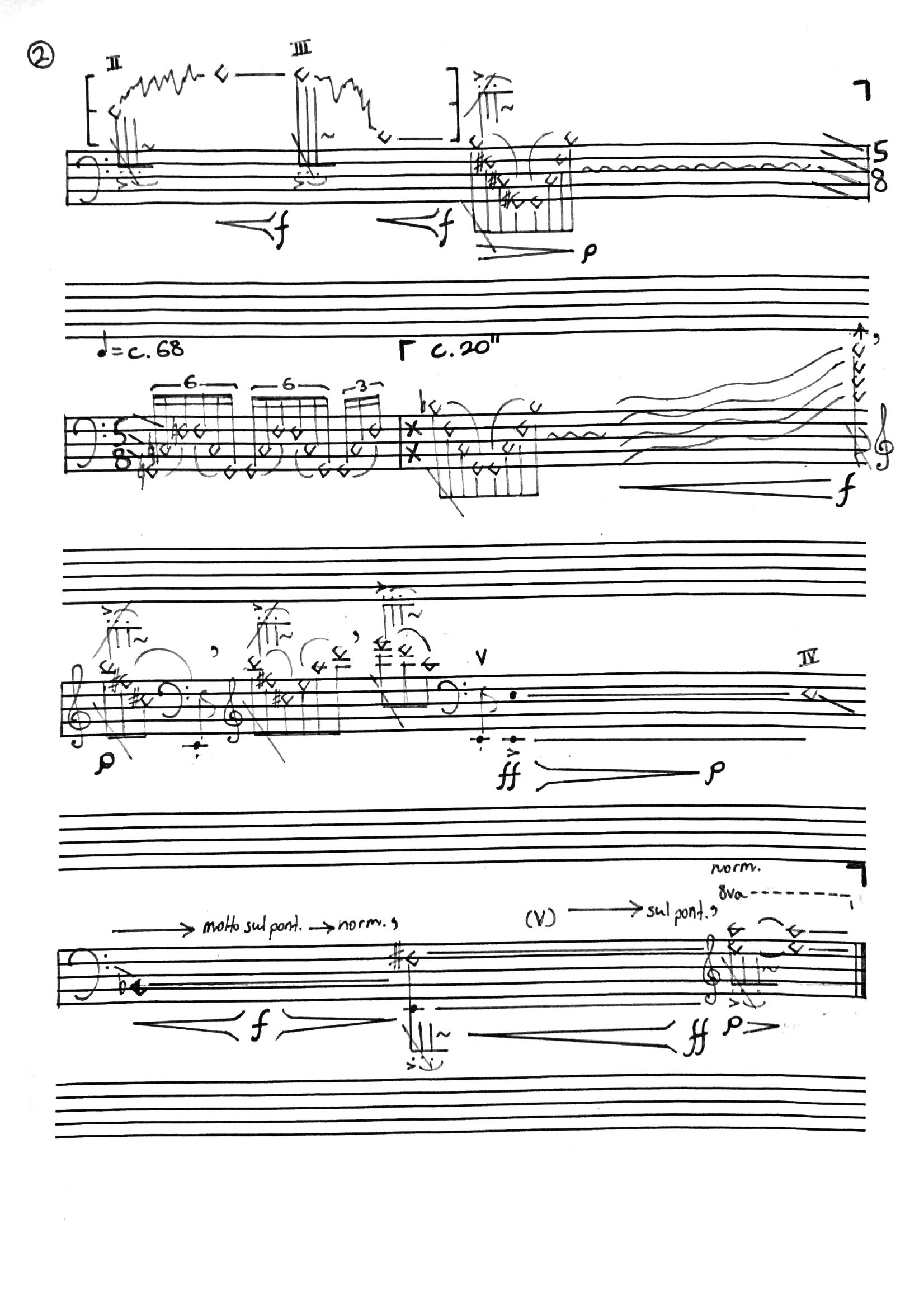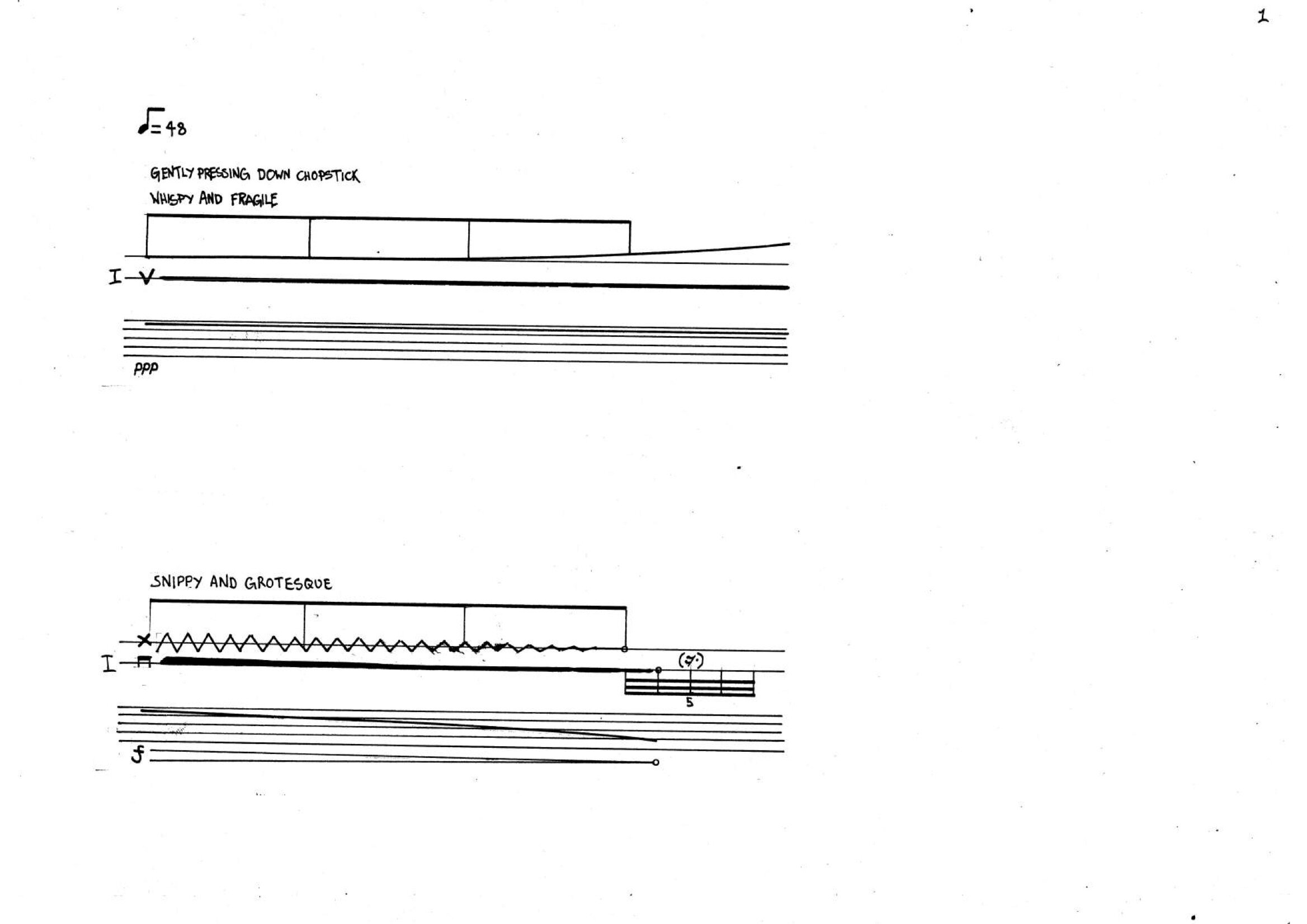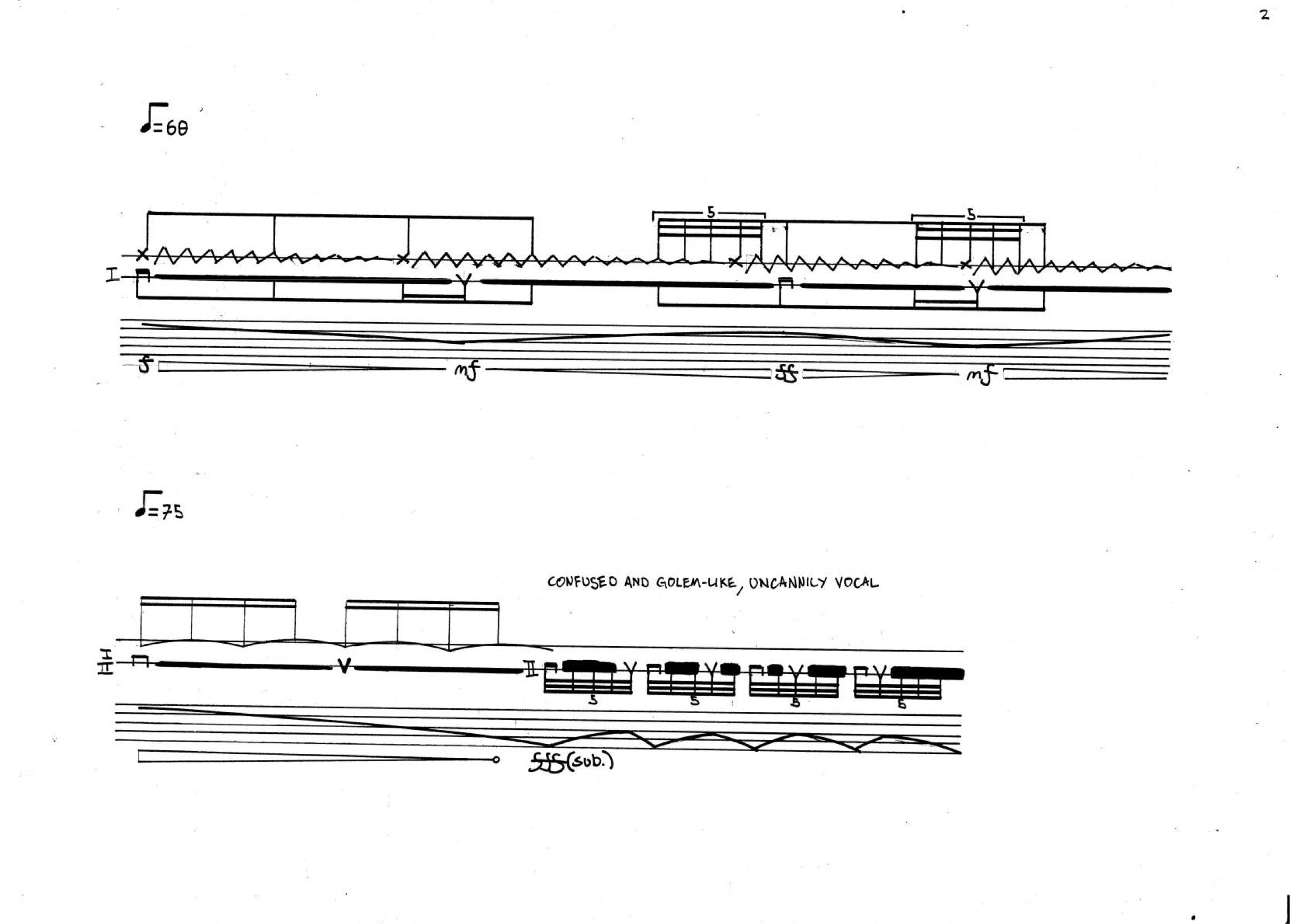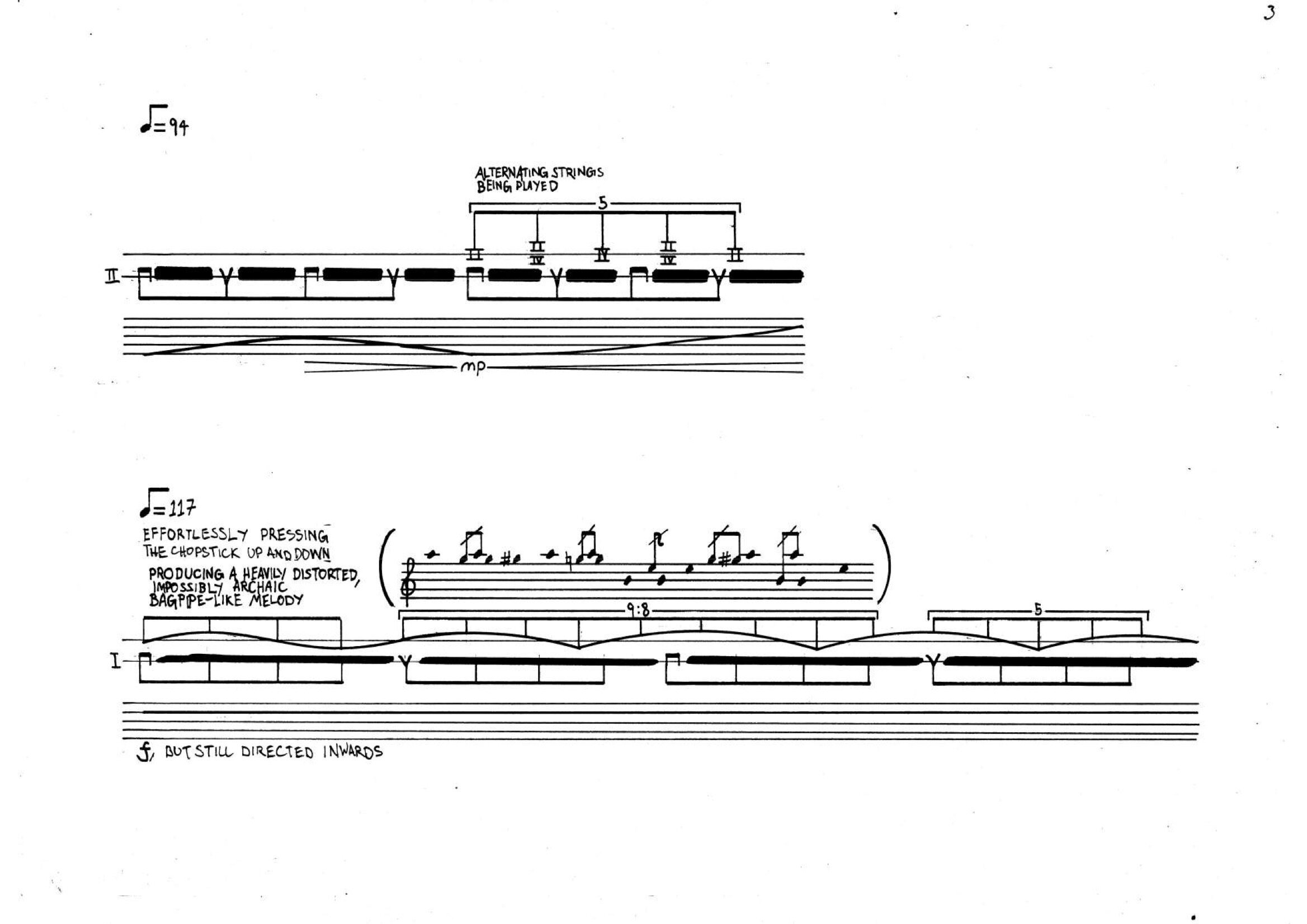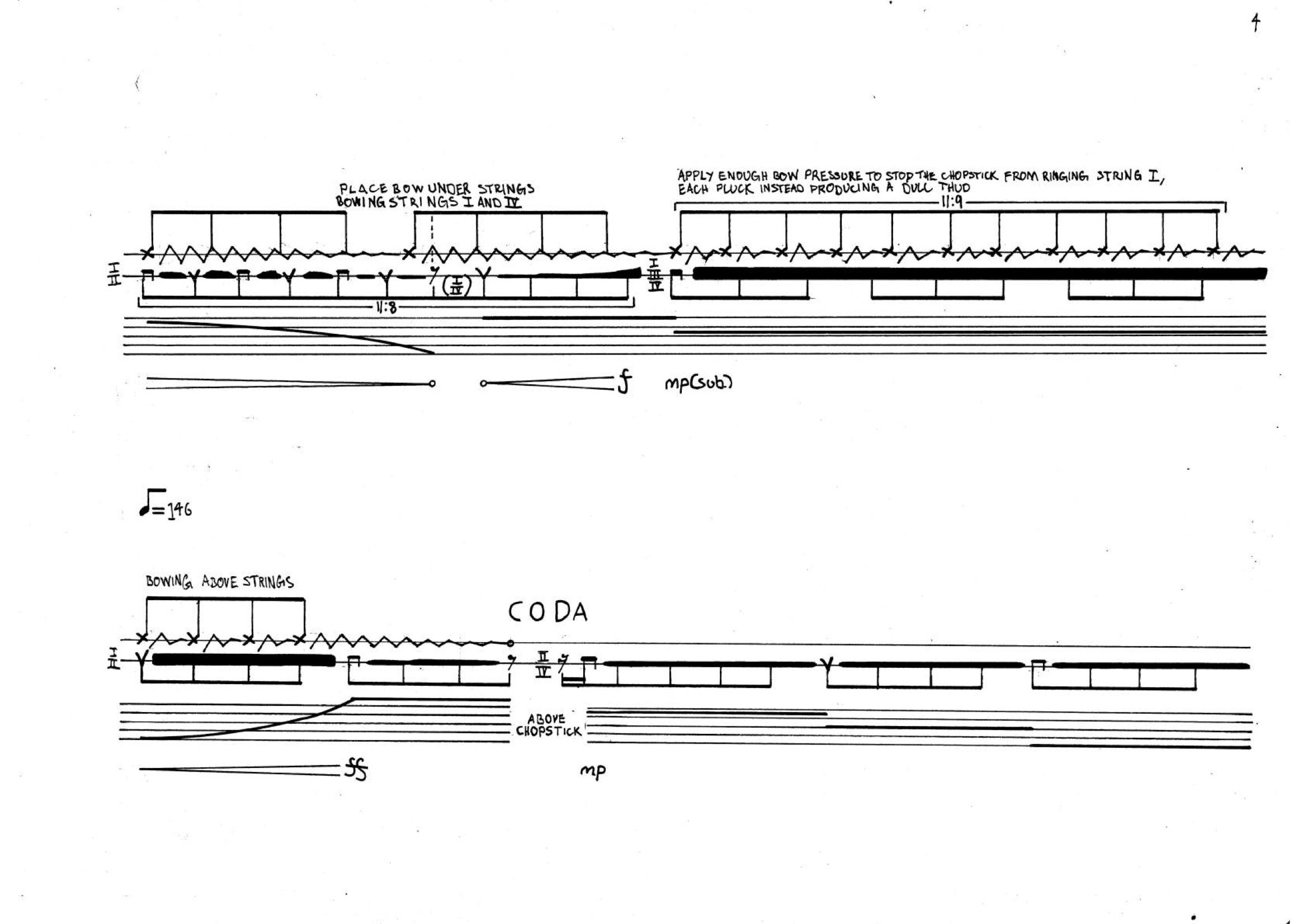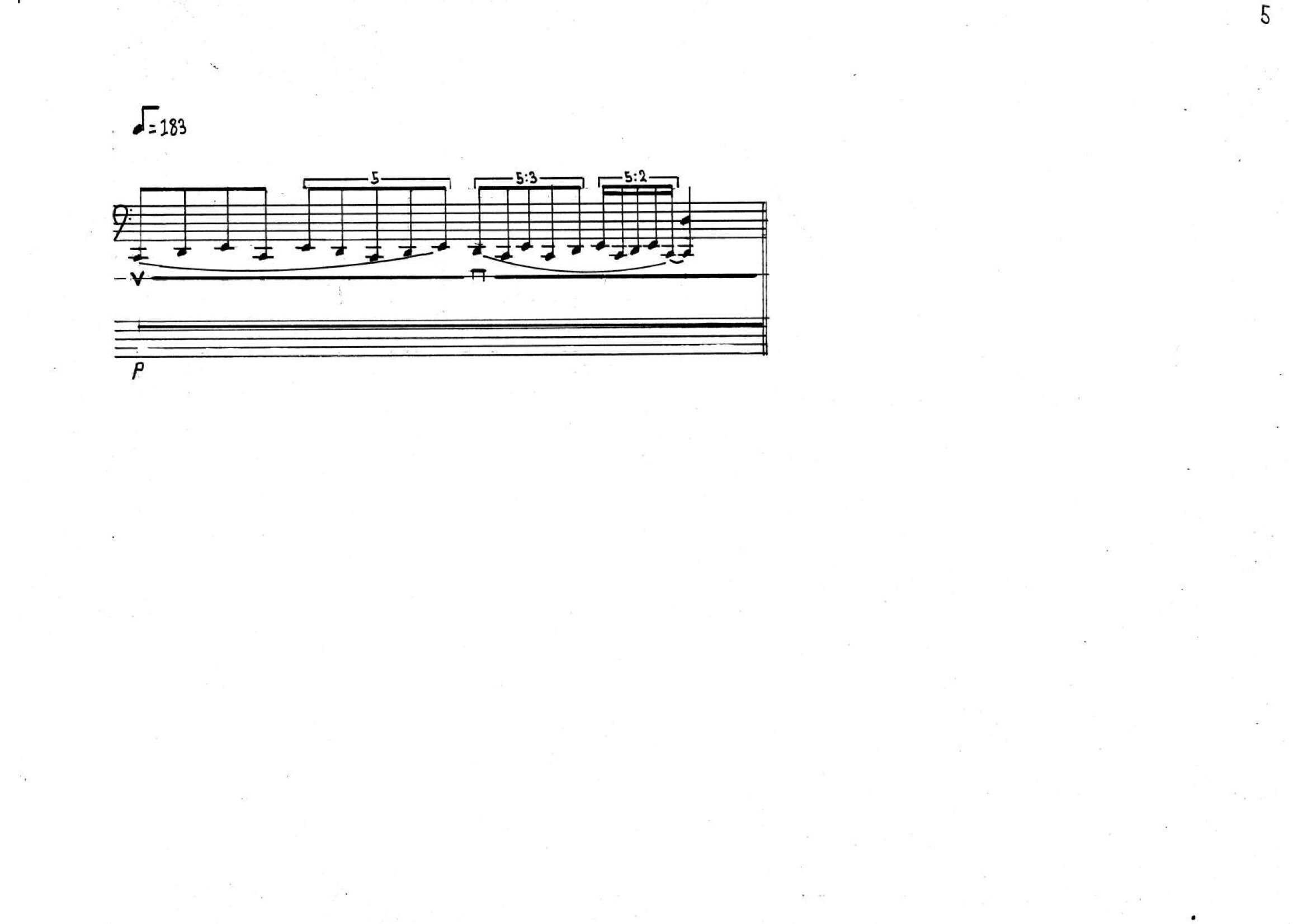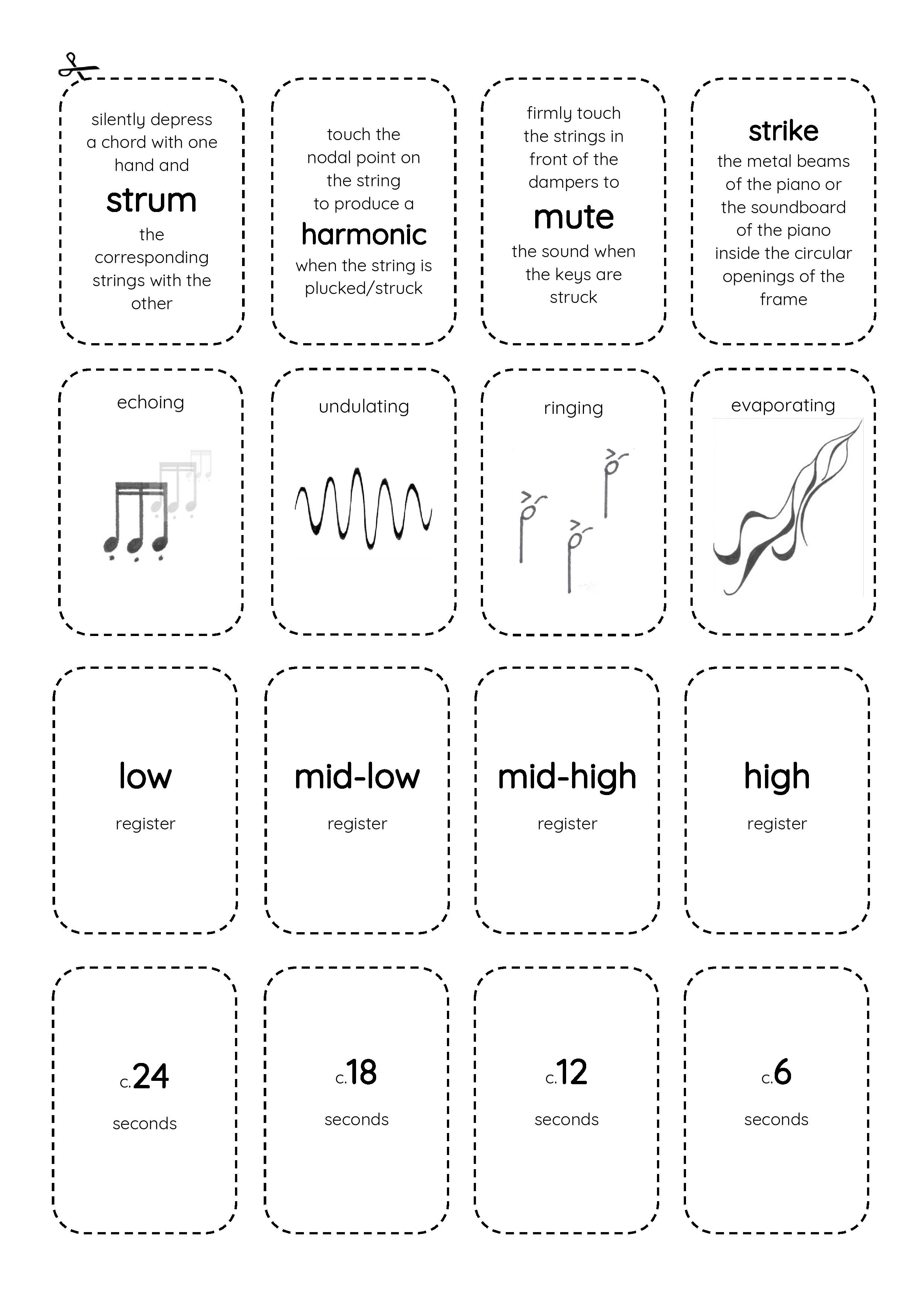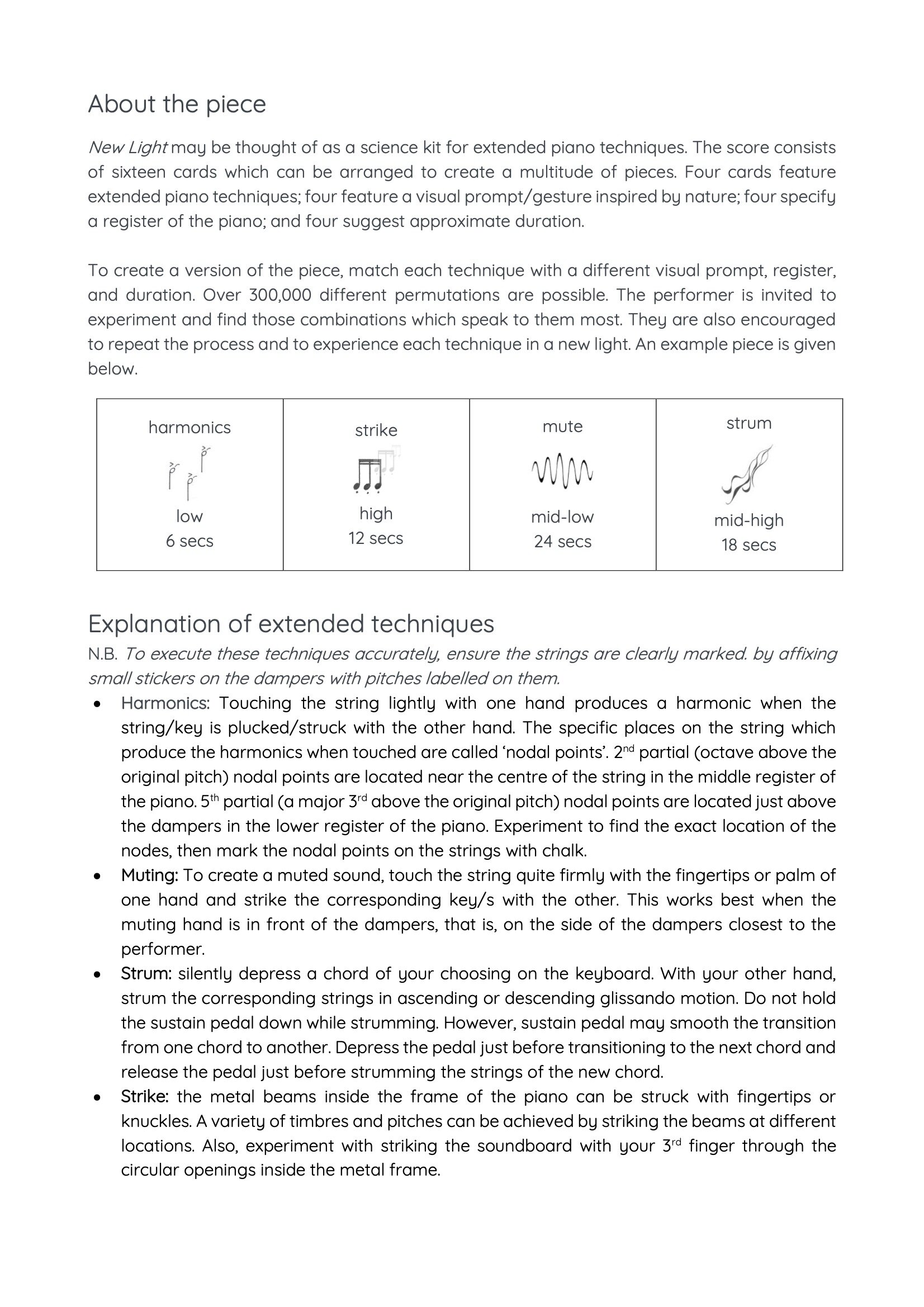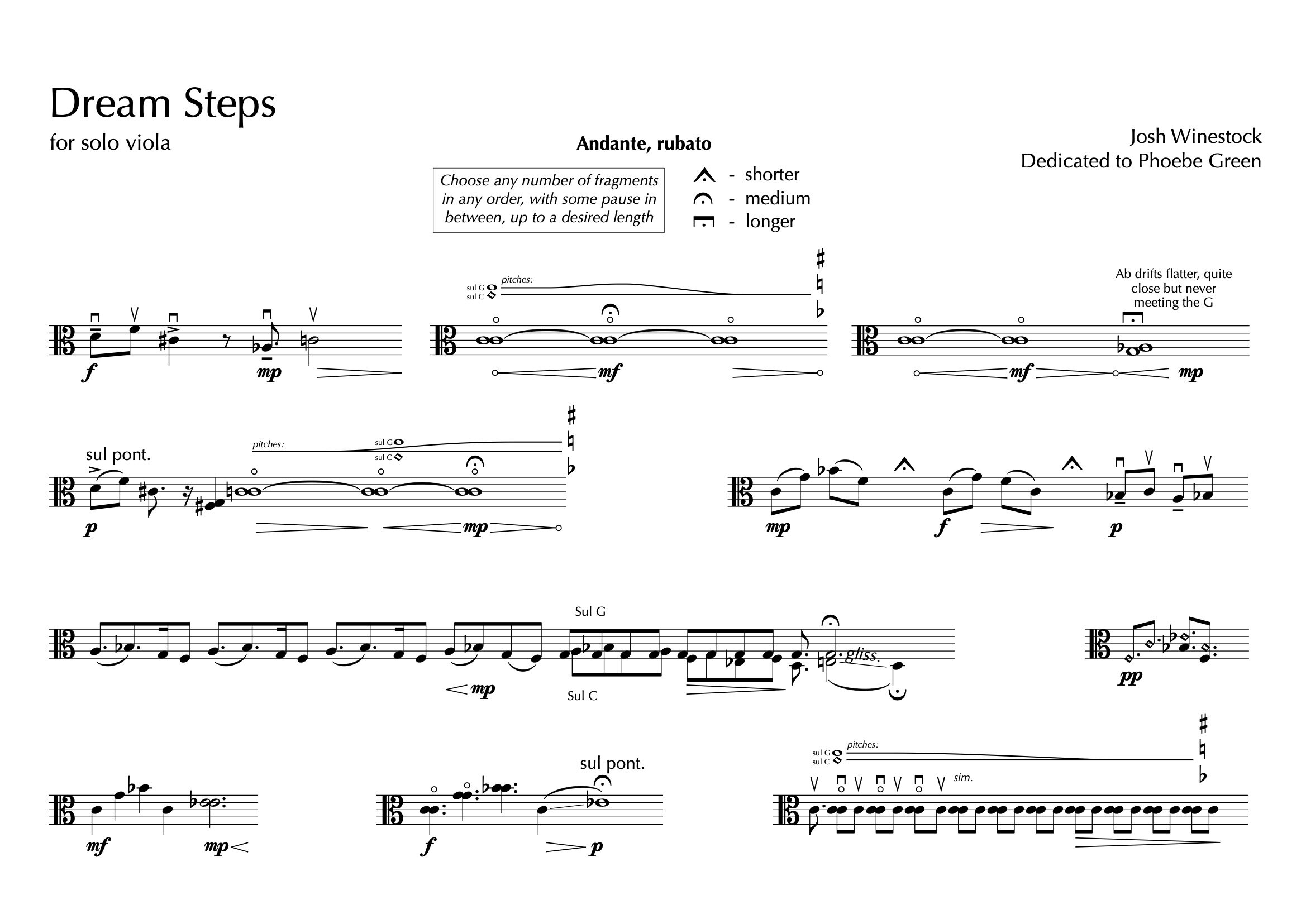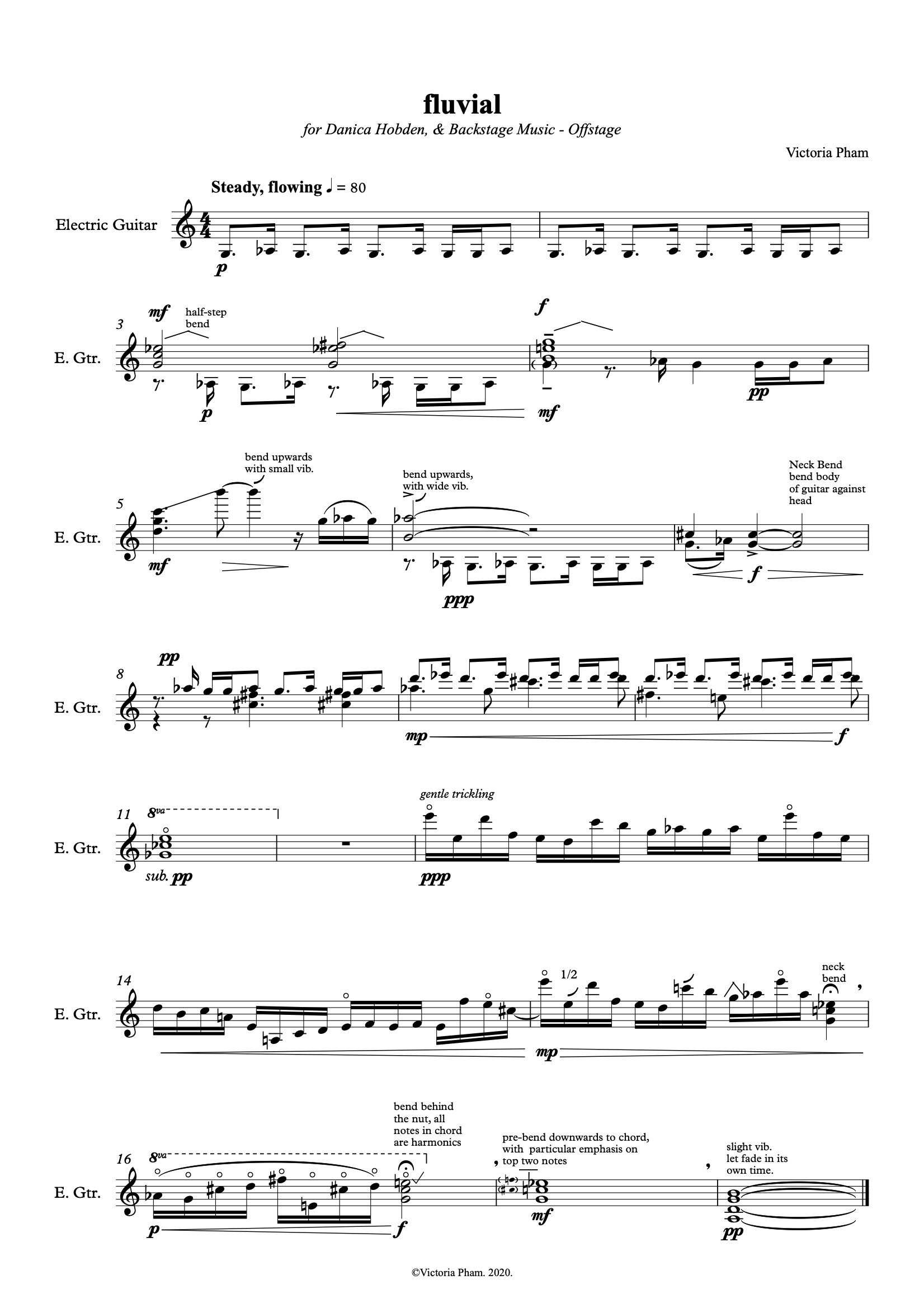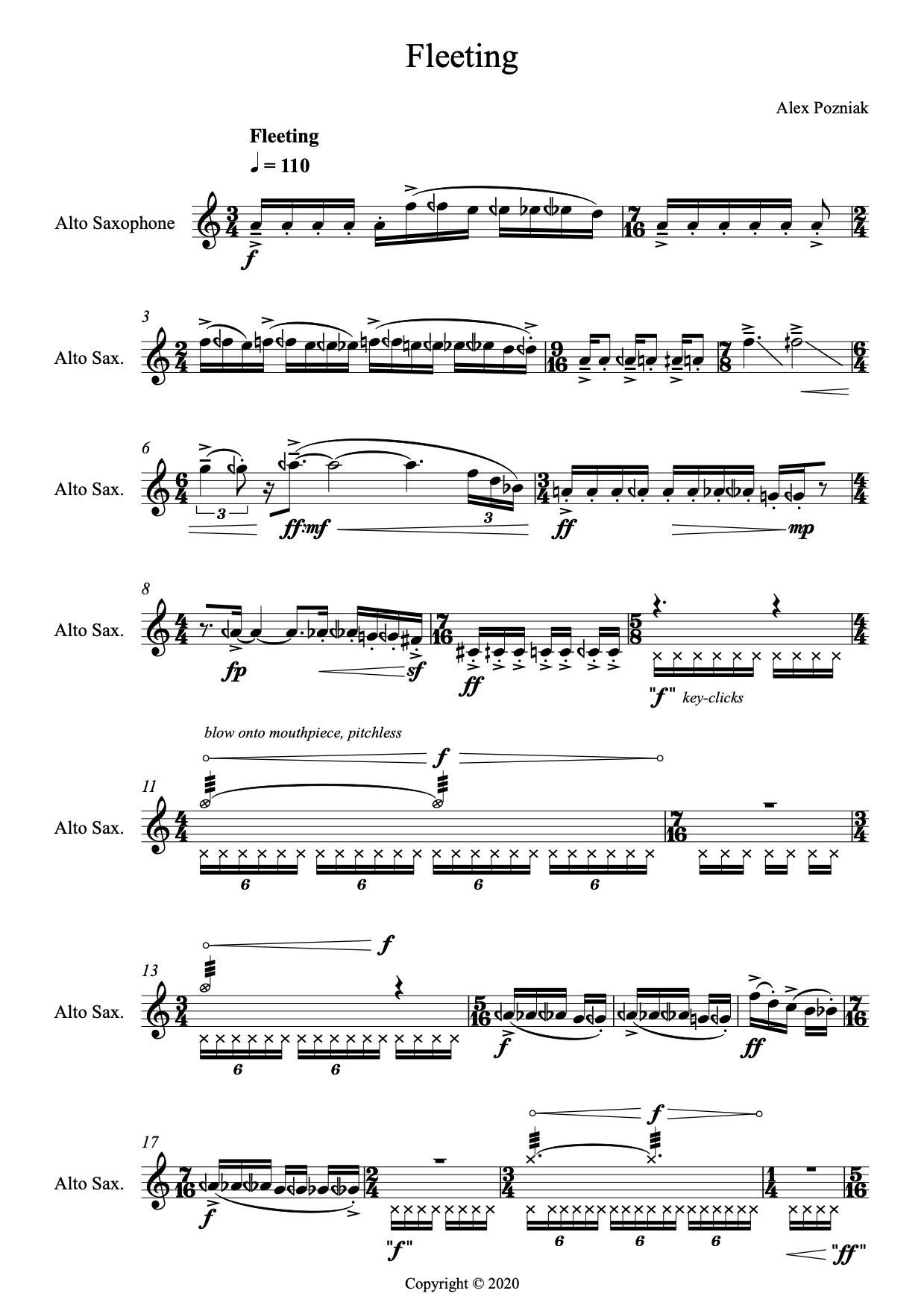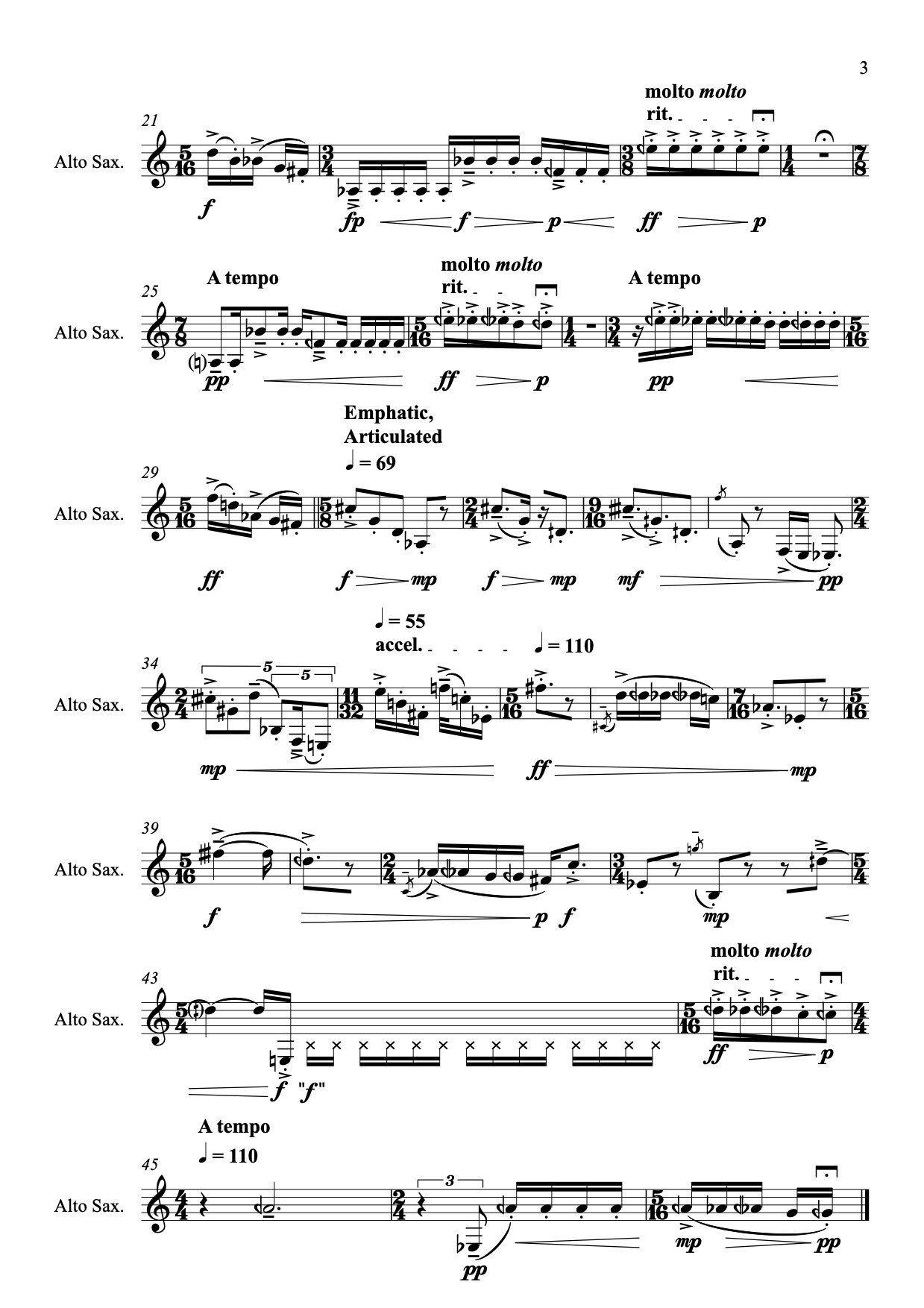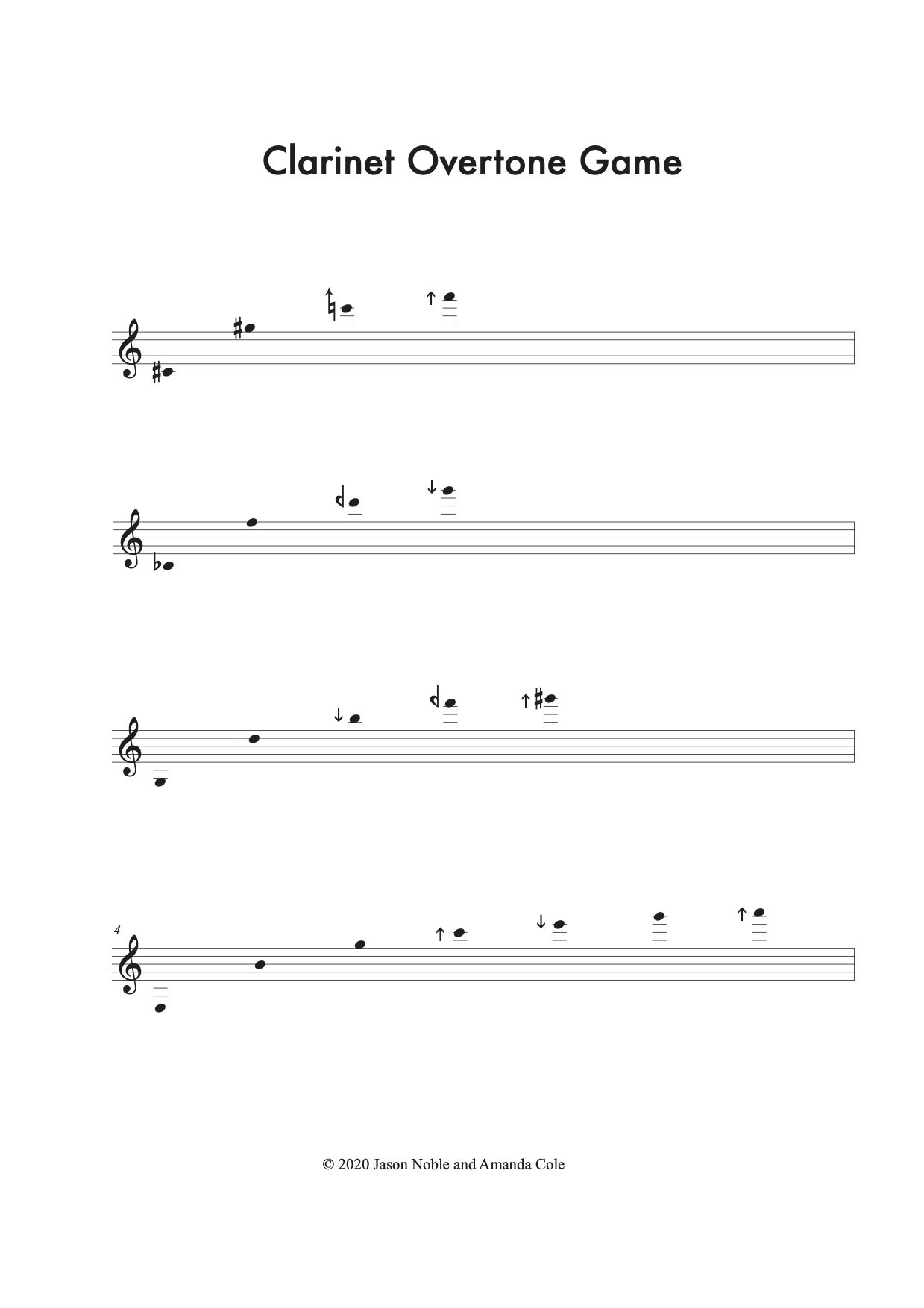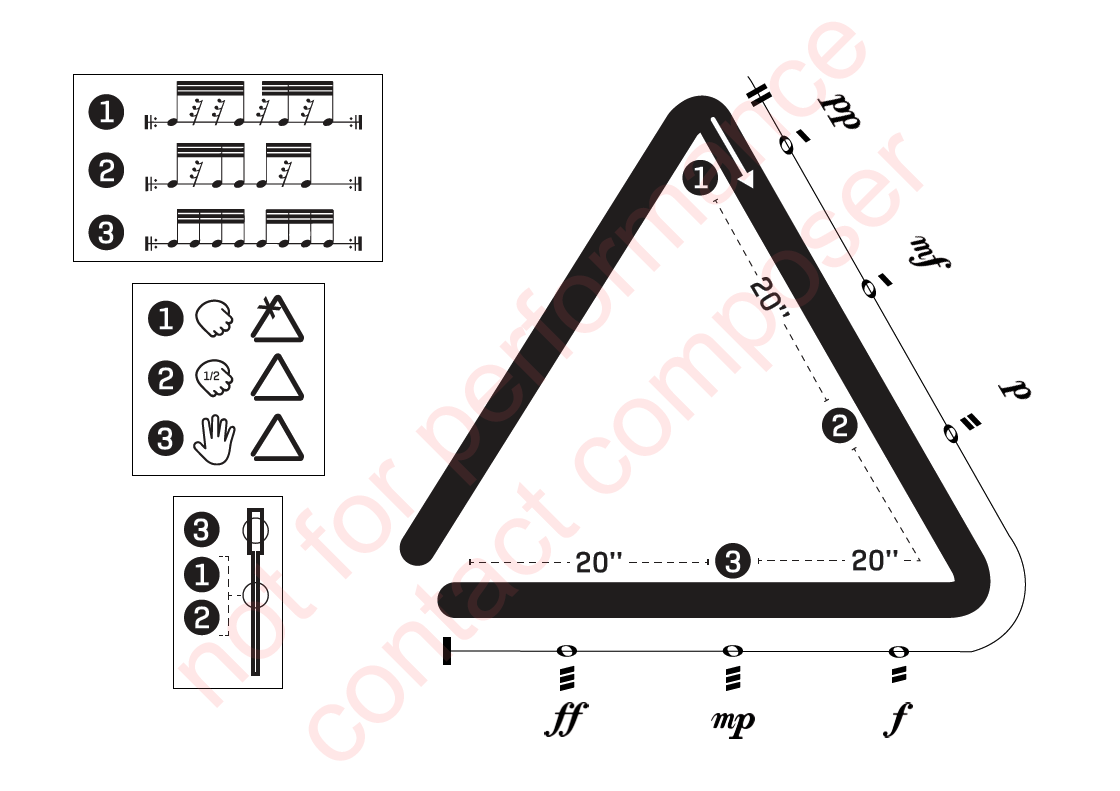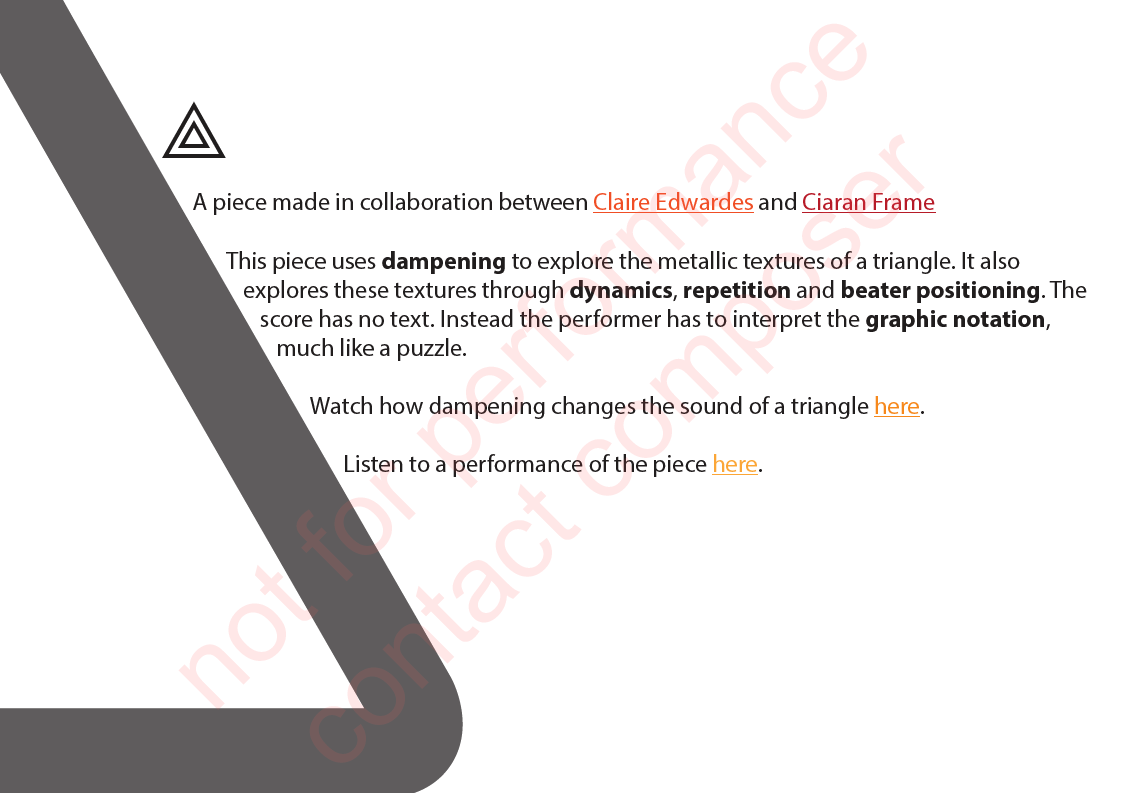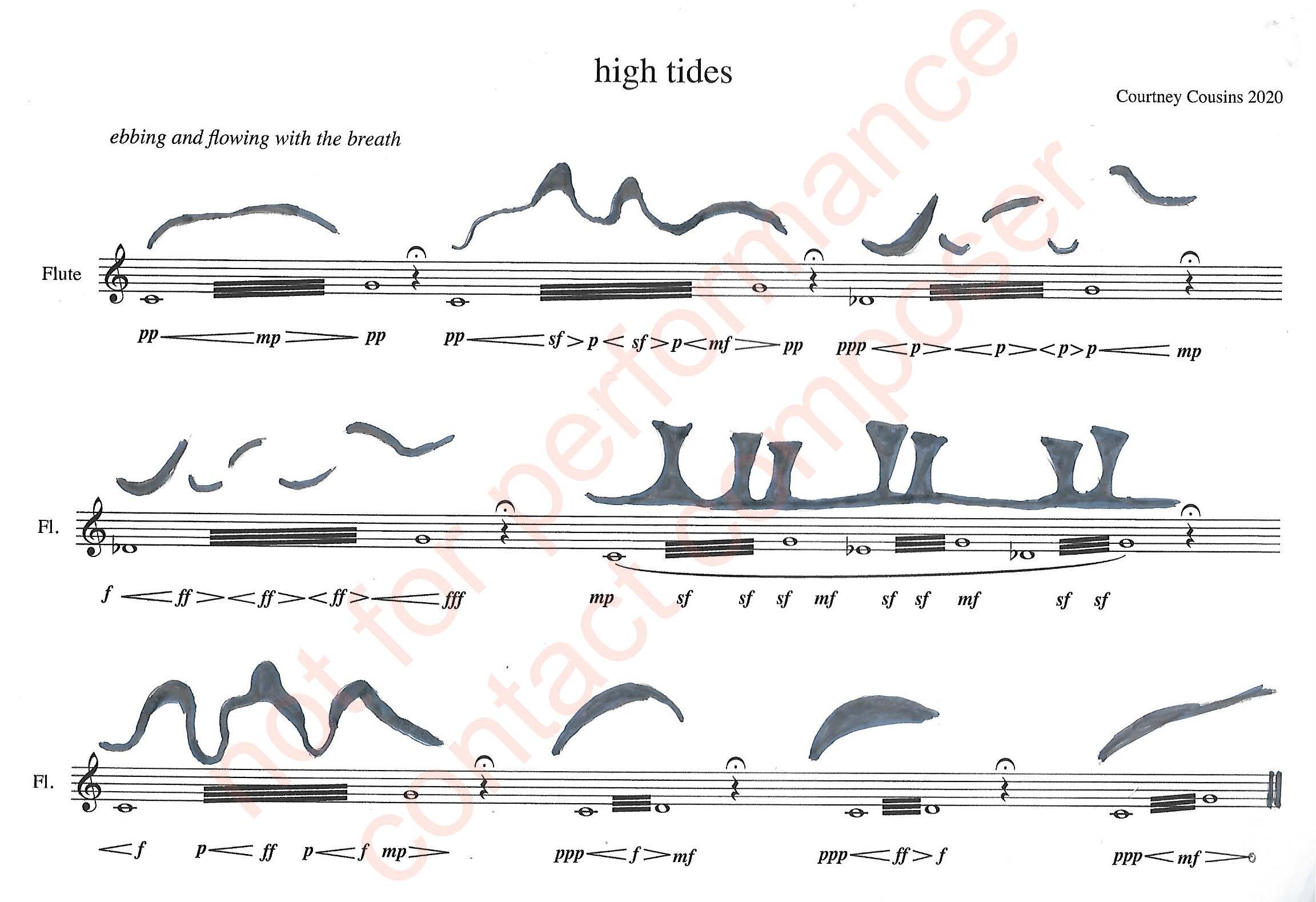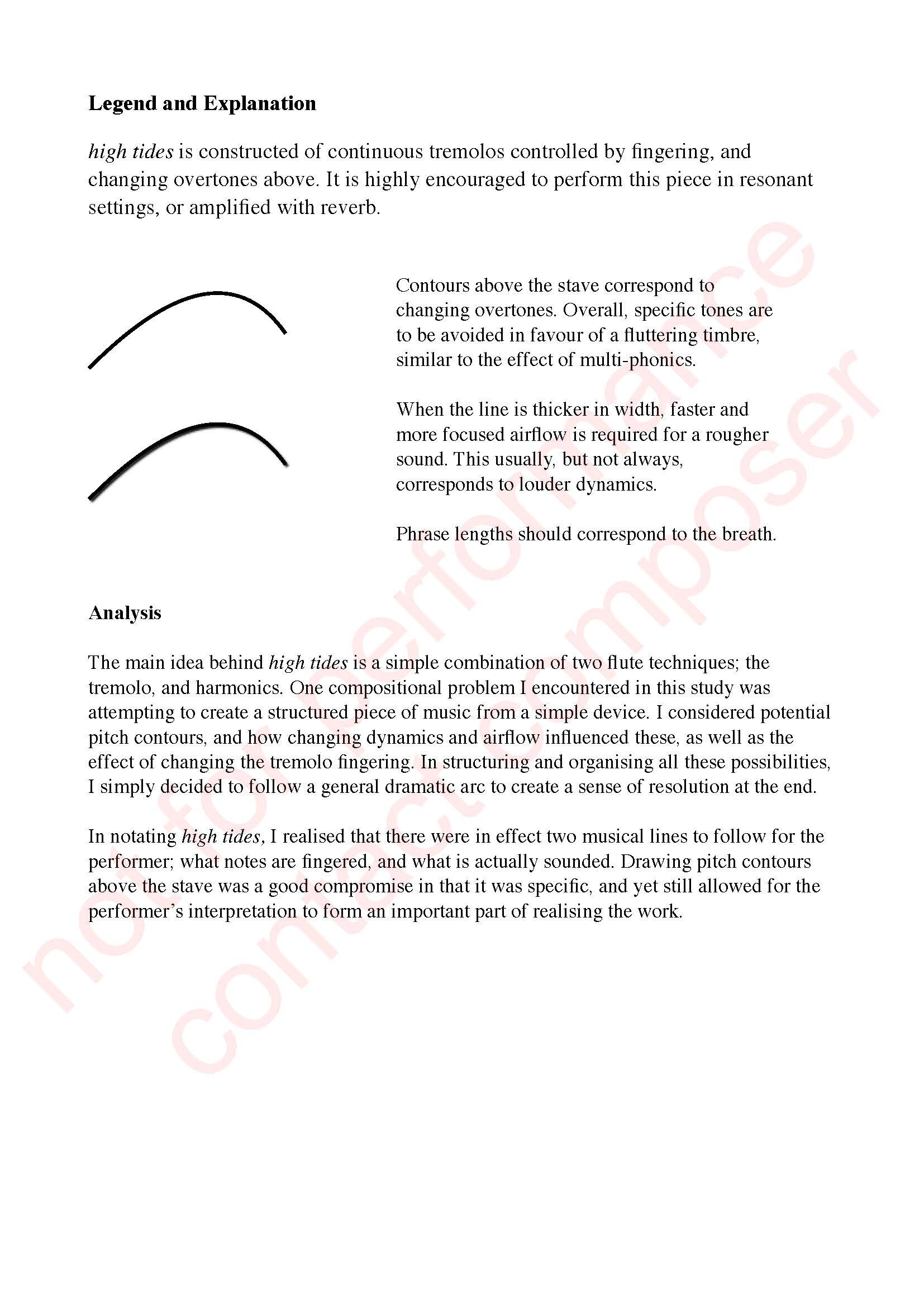A Series of Breaths (#2) - Bree van Reyk/Veronique Serret (violin)
About
A Series of Breaths (#2) explores the techniques of circular bowing in the right hand, coupled with varying finger pressure on stopped notes in the left hand. These effects both create shifts in the harmonic spectrum and I wanted to explore these states and the thresholds between them. As a percussionist, one of my most extreme musical jealousies is of the sonic richness of strings and the dynamic and spectral subtleties possible through use of a bow. Bowing has qualities of the infinite - sustain from and to nothing - when my sound world is more often based in the on/off relationship of attack and decay. Structurally the piece leaves space for the performer to choose how long to stay in each state before moving on, and encourages a slow and deep listening from performer and audience.
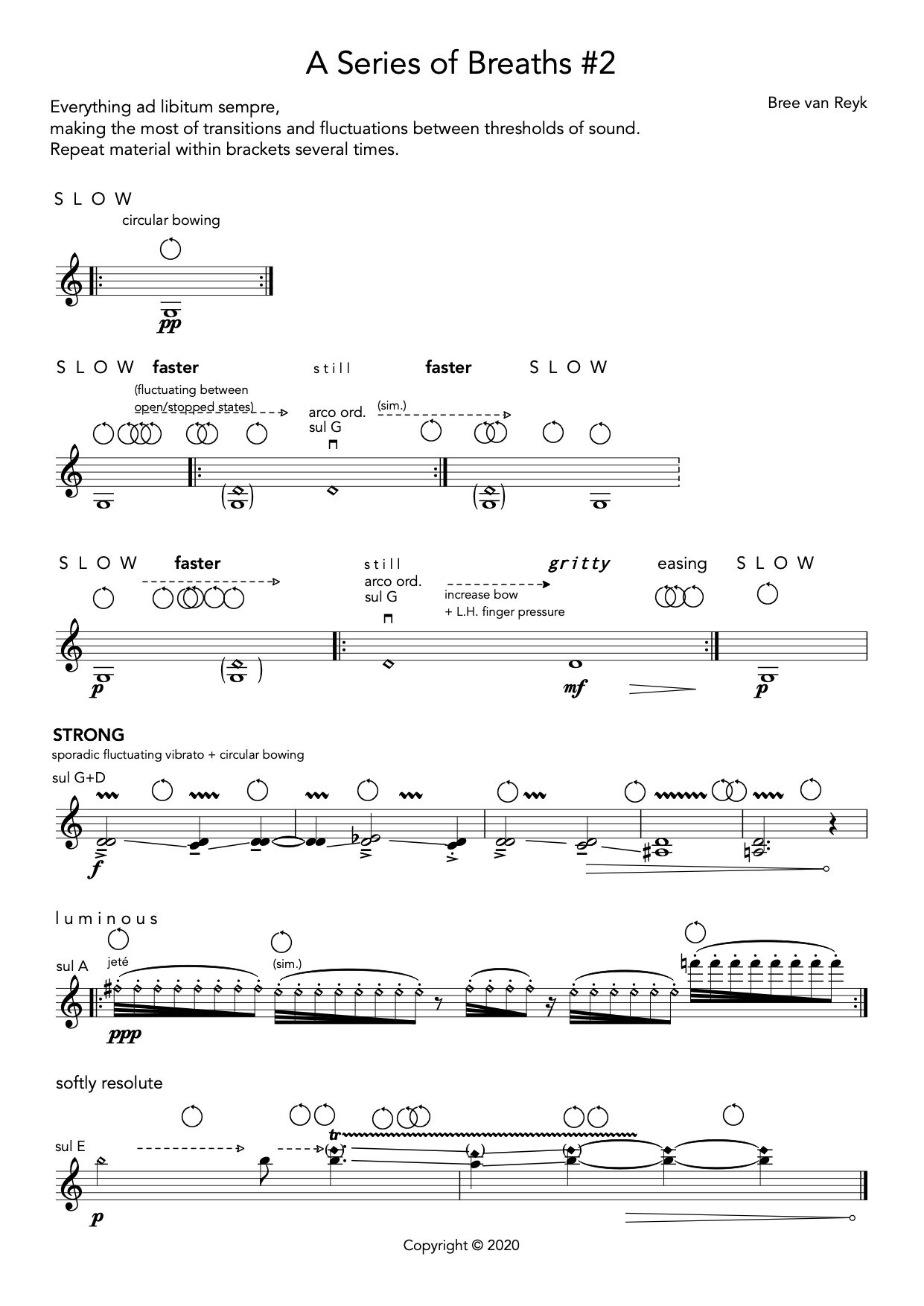
Technique Explanation & Demonstration
The techniques explored are circular bowing in the right hand, and varying finger pressure in the left hand.
Listening Activity
Kajia Saariaho's Nocturne for Solo Violin is an excellent example of the explorations of harmonics and changing bow states (sul pont + sul tasto)
About Bree
Bree van Reyk is a drummer, percussionist, composer and sound artist who makes unconventional and tradition-challenging performance works. Her music resides in the intersection between contemporary classical, indie-rock and performance art and is equally warm-hearted, celebratory, and focussed on issues of equality. Bree has been commissioned by Sydney Festival, Sydney Chamber Opera, Ensemble Offspring, Canberra International Music Festival, Marrugeku, Urban Theatre Projects, Performance Space, Sydney Dance Company, The Letter String Quartet, Shaun Parker Company, fashion designer Bianca Spender, AGNSW, GOMA and the MCA. Her performance career includes tours and recordings with artists such as Gurrumul, Paul Kelly, the Australian Chamber Orchestra, Synergy Percussion, Ensemble Offspring, Holly Throsby, Sarah Blasko, Marcus Whale, Laura Jean, Sally Seltmann, Toby Martin, Darren Hanlon, Grand Salvo, Katie Noonan, Oren Ambarchi + Martin Ng, and Anthony Pateras. b. 1978. Resides: Muloobinba (Newcastle), traditional land of the Awabakal and Worimi people.
www.breevanreyk.com
About Veronique
Véronique is a super versatile violinist who is carving a niche for herself improvising, composing and leading string sections for bands and films. She is a longtime member of art music group Ensemble Offspring and Joanna Newsom's international touring band as multi instrumentalist and backing vocalist. Véronique has a strong classical background and has worked extensively with Sydney Dance Company, the Australian Chamber Orchestra, the Darwin Symphony Orchestra and In collaboration with many of Australia's living composers. Recent projects include Bangarra Dance Theatre, national tours with Kate Miller Heidke and indigenous songman Archie Roach, performances of original material with William Barton at Woodford Folk Festival, MonaFoma and WOMADelaide and leading string sections for Jonsi, Fleet Foxes, Neil Finn and Gurrumul's Bungul. A regular in Sydney's recording studios Véronique can be heard on many Australian albums and feature films . She is currently working on her own solo compositions as well as a new album of international commissions for 6 string violin and electronics.
http://veroniqueserret.com/

